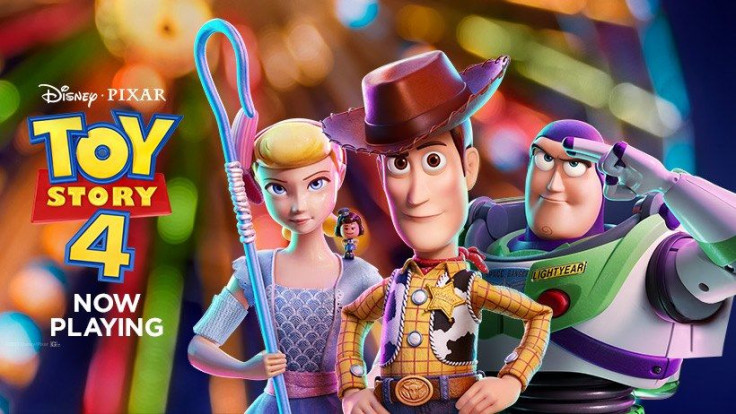“Toy Story 3” may have been the highest-grossing film of 2010 and the biggest animated film to boot, but it quite plainly didn’t provide a resolution to the major question raised by the “Toy Story” franchise: “How do we cope with change?” This is what “Toy Story 4” finally addresses.
After “Toy Story 2” took aim at what happens to children after they grow up and ended with Woody and Buzzy discussing whether or not to live a shorter yet more fulfilling life, “Toy Story 3” provided a full realization of what the previous film had teased: it is one thing to accept that the end will come; it’s another to face it on directly. The film provided a rather idealized ending to the “Toy Story” movies, but its ultimate conclusion was too neat that it did not provide any lesson.
With “Toy Story 4,” Pixar was able to provide a satisfying ending to the seemingly never-ending story. Forky drives the plot in this fourth film, but his main role is basically to give Woody a mirror to reflect into.
Early on in the movie, Woody struggles with no longer being the favorite toy, suffers inside Bonnie’s closet during playtime and almost destroys himself while protecting Forky. As he reunites with his lost love Bo Peep, however, he finally decides to let go. In the end, he accepts who he is and learns to embrace true change.
Although the ending of “Toy Story 4” opens up several new plot avenues, it has succeeded in resolving the central conflict of the franchise since the first “Toy Story” movie. Since the franchise has revolved around growing up, moving on, dealing with changes and death, to see Woody find his sense of self and independence toward the end of “Toy Story 4” offers the best and most logical ending for the film series.
The moment Andy handed Woody to Bonnie, “Toy Story 4” was able to fix the incomplete ending of “Toy Story 3.” This thematic conclusion served as a link for all the four films in the franchise, making the film series a complete story in its own.

© 2025 Latin Times. All rights reserved. Do not reproduce without permission.



